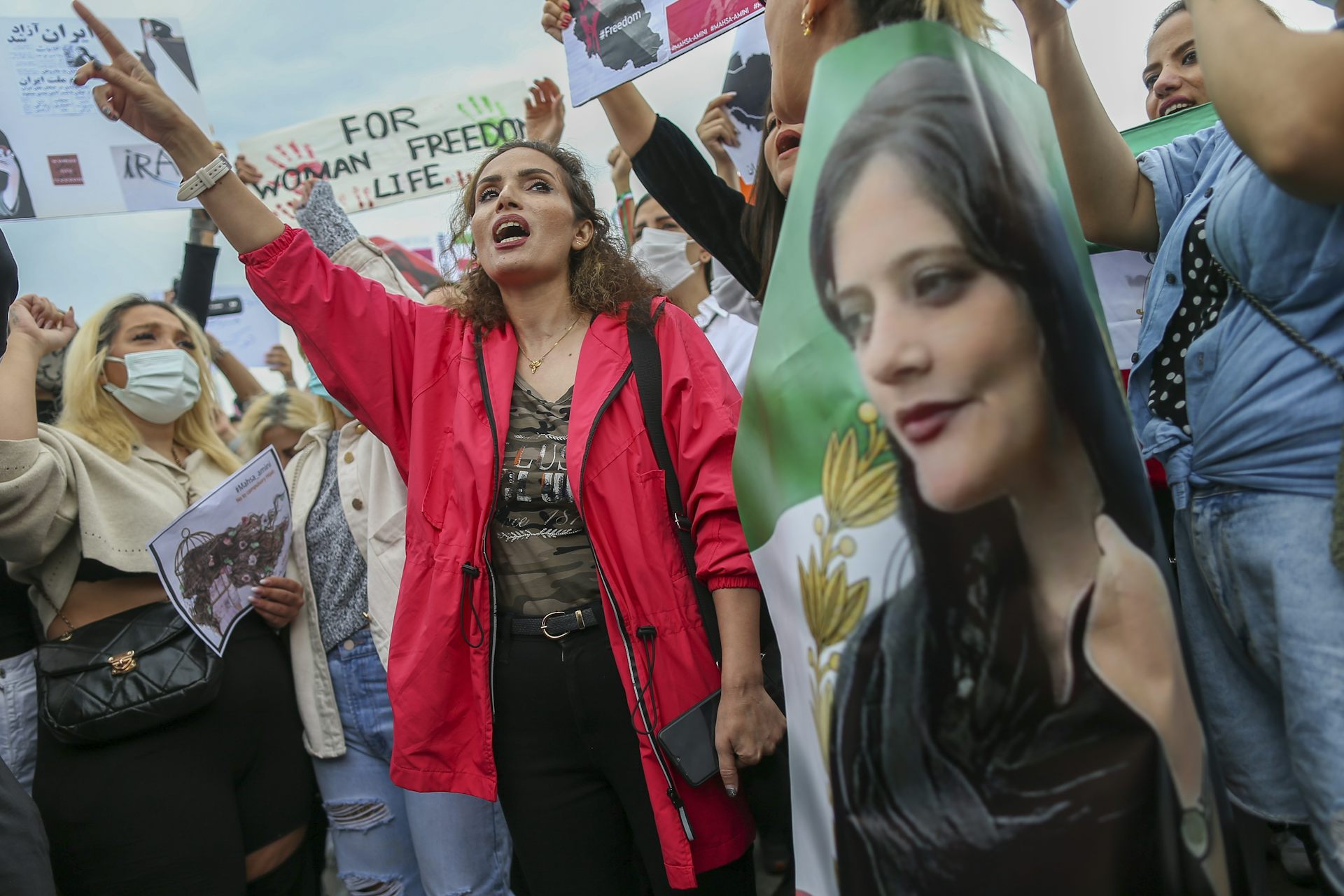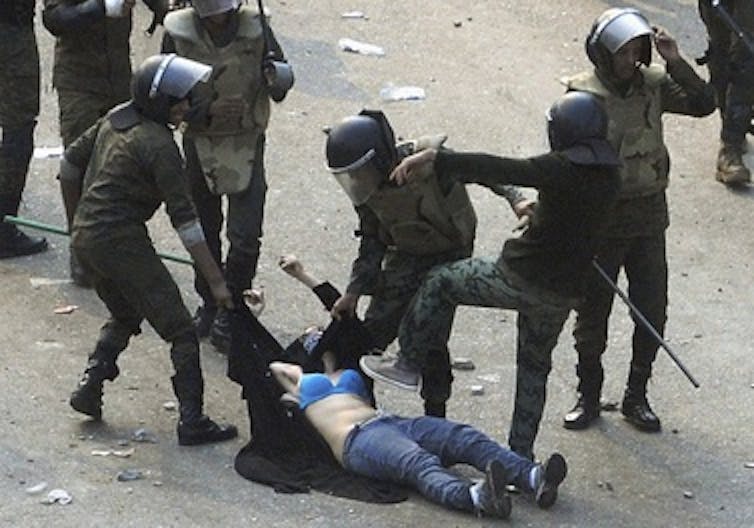
The death of 22-year-old Mahsa Amini after she was held by Iran’s morality police for not complying with the country’s hijab rules has drawn global attention to the repression of women in Iran. Neighboring Saudi Arabia, a Sunni country, theologically and politically opposed to Shiite Iran, has similar restrictive rules when it comes to women.
The connection between faith and practice in the Muslim world at large lies at the heart of my research. A wider look at some of the Muslim majority countries shows that even when they may claim to be diametrically opposed ideologically, they often have similar religious police, or other rules for enforcing faith in everyday life. Moreover, it is my belief, they have nothing to do with Islamic tenets.
In many Muslim majority countries, imposing barriers on women has been a way of informing the world what kind of policy and ideology the government believes in.
Market inspectors turned into morality police
The closest thing to the morality police of today to be found in early Islamic history is the “Muhtasib,” or observers. The Muhtasib, who had to know Islamic law, were appointed by the ruler, such as the sultan in Ottoman times, to oversee matters of trade. The Muhtasib’s job was to make sure that traders were using correct measures and weights, paying taxes and maintaining hygienic conditions in their establishments.
More generally they would observe public actions and had the jurisdiction to reprimand and at times penalize people. They were not known to target women, and they respected the beliefs of multiple faiths that existed at the time. In contemporary Iran, the rules on head covering are upheld for all women, even if they’re not Muslim.
Islam’s basic tenets are that humans share a direct relationship with God without the interference of individuals or any organizations. The Quran does not stipulate that women shouldn’t drive, as in Saudi Arabia, or that women should be forced to wear conservative dress. While the Quran asks both men and women to dress modestly, it does not discriminate.
Politics of the veil
In today’s political environment, women’s bodies and their sartorial modesty are often the quickest way for governments to express whether the country is secular.
In the 1970s, for example, the Syrian government forbade women from wearing the veil in public because President Hafez-al-Assad wanted to convey to the outside world that the Baathist regime was secular and left of the center. The policy continued under President Bashar al-Assad and, in 2010, over a thousand veil-wearing primary school teachers were removed from their teaching jobs and given administrative posts.
In Iran, however, following the 1979 revolution, as observers have pointed out, the hijab came to be the “central symbol,” of Islamist rule. Compulsory hijab wearing was enforced in Iran through law, and any violation was penalized with fines and a two-month prison sentence.
Egypt provides another example. In 2011, the image of a woman whose face was veiled but whose upper garment had come apart exposing her blue bra while she was being dragged by the Egyptian police, captured the media’s attention. The image, which came to be known as the “girl in the blue bra,” soon became a symbol of women’s oppression by the Egyptian military.

The fact is that women face police brutality regardless of how they dress. The “girl in the blue bra” was attacked by the police because she dared protest the country’s conditions. I believe disrobing her and kicking her in her abdomen was being done on purpose to deter other women from joining the revolution. In 2011, many female protesters were put through a virginity test by the Egyptian police when in captivity.
As opposed to a misconception that Muslim women are always forced to act conservatively in their respective countries, the truth is that women are violated for being nonconformist citizens in their respective political regimes.
What is important to note is that these patriarchal practices often are not limited to policing modest dressing for women and penalizing them brutally, but also in forcing them to remove their veil. Following the 2013 coup in Egypt, when Egyptian army chief Gen. Abdel-Fattah el-Sissi overthrew the democratically elected president, Mohammed Morsi, widespread changes were introduced, including a crackdown on women who chose to wear the niqab.
Women’s rights and choices over their bodies need to be respected – by Muslim majority nations and the rest of the world.![]()
Deina Abdelkader, Associate Professor of Political Science, UMass Lowell
This article is republished from The Conversation under a Creative Commons license.


Leave a Reply